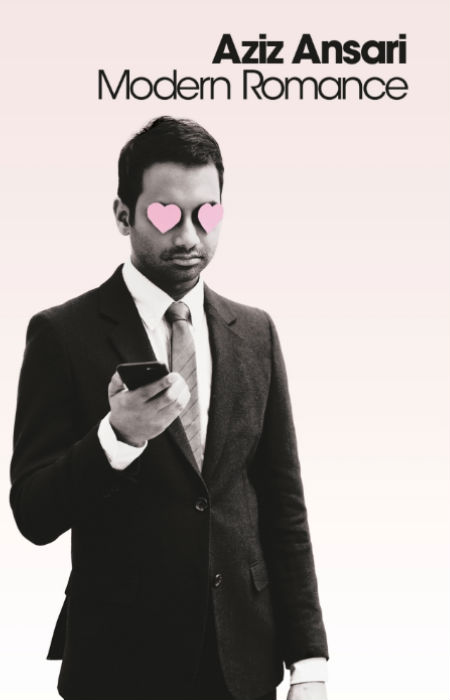
Love may be eternal but as Aziz Ansari makes plain in his book Modern Romance, the way we go about finding it has changed radically in just the course of a few generations.
Gone, he notes – to be fair he worked closely with award-winning sociologist Eric Klinenberg – is the idea that we’d marry someone in our own building or across the street who was good enough but exactly the person of our romantic dreams.
Granted many of these marriages, and their related entity the arranged marriage, went on to produced many loving, supportive, long-lasting relationships but for all the people who found everlasting bliss, there were those who didn’t, who felt like they had traded off a fulfilling life with someone they love simply to get married.
Many people of course didn’t have a choice in the matter; they usually went from living at home to being with married, an act that was both economically and culturally necessary.
With the sexual revolution and many of the economic advances that ran alongside it, people now have the luxury of an extended exploratory adulthood in their 20s and the means to financially support it, and can take their time finding the love of their life.
But as Aziz points out, having the time to find that person, and the means, both economically and technologically now that a whole world of romantic possibilities rests at the end of your Tinder or Grindr tapping fingers, doesn’t necessarily mean that finding someone is any easier than it ever was.
In some ways, it’s much harder with a whole heap of choice actually making our ability to make that all-important decision that much harder.
In an engaging mix of trademark, off-the-wall-silly humour and some serious sociological and psychological insights – Ansari worked with a bunch of highly-respected academics and writers to provide the substantial basis for the book – the star of Parks and Recreation and well-loved stand-up comic does a great job of outlining how the getting of romance has changed in the last century or so.
And how, by dint of the fact that we’re all still human and want to be loved, cared for and feel secure with someone with whom we share some common interests, it has stayed very much the same.
And that’s the most interesting observation to emerge from this wholly unexpected book. (I say “unexpected” because I, along with I suspect many other people bought it expecting a nonstop laugh-fest and were pleasantly surprised when it turned out to be so well-reasoned, thoughtful and yes also very funny.)
People are pretty much the same.
We might use different tools, we might breakup via text far more than anyone ever thought we would, and we might spend way more time staring at the screen than actually going on the dates we say we want so much, but in the end, we still want that soulmate, that special person we can share everything with, that lifelong partner who makes sense of the often unfathomable, unpredictable business of living.
And the good news, says Ansari is that we’re way more likely to find them these days:
“Finding someone today is probably more complicated and stressful than it was for previous generations-but you’re also more likely to end up with someone you are really excited about.” (p.236, hardcover)
The key is remembering, amidst all the Snapchat pics, the Tinder profiles and the endless back-and-forth texting is remembering that a real, flesh and blood complex person sits behind the pics and text you’re viewing.
Keep that in mind, reasons Ansari, and the fact that nothing beats a big bowl of Ramen noodles when you’re looking for love; or at least in Ansari’s case, exploring what it means and modern people find it in this highly-connected world – and you’ll go a long way to finding love.
As a sociological treatise, the book is actually far more in-depth than you might expect; Ansari has gone to a great deal of trouble, with Klinenberg and the army of researchers and academics he collaborated with, to determine, with statistical accuracy and some fairly-full on focus groups in a number of countries, what romance looks like in the 21st century.
But he also throws in much, but not too much, of his stand-up schtick meaning that this is the kind of book of romance that the average person, especially Ramen noodle-loving, Hardees would-be franchise-owning people will want to read.
It’s funny, it’s clever and insightful and it reminds us, probably in a rather timely fashion given how much technology is altering the way we relate to each other these days, that in the end, once all the digital air has cleared, all we want is love, sweet, everlasting love.